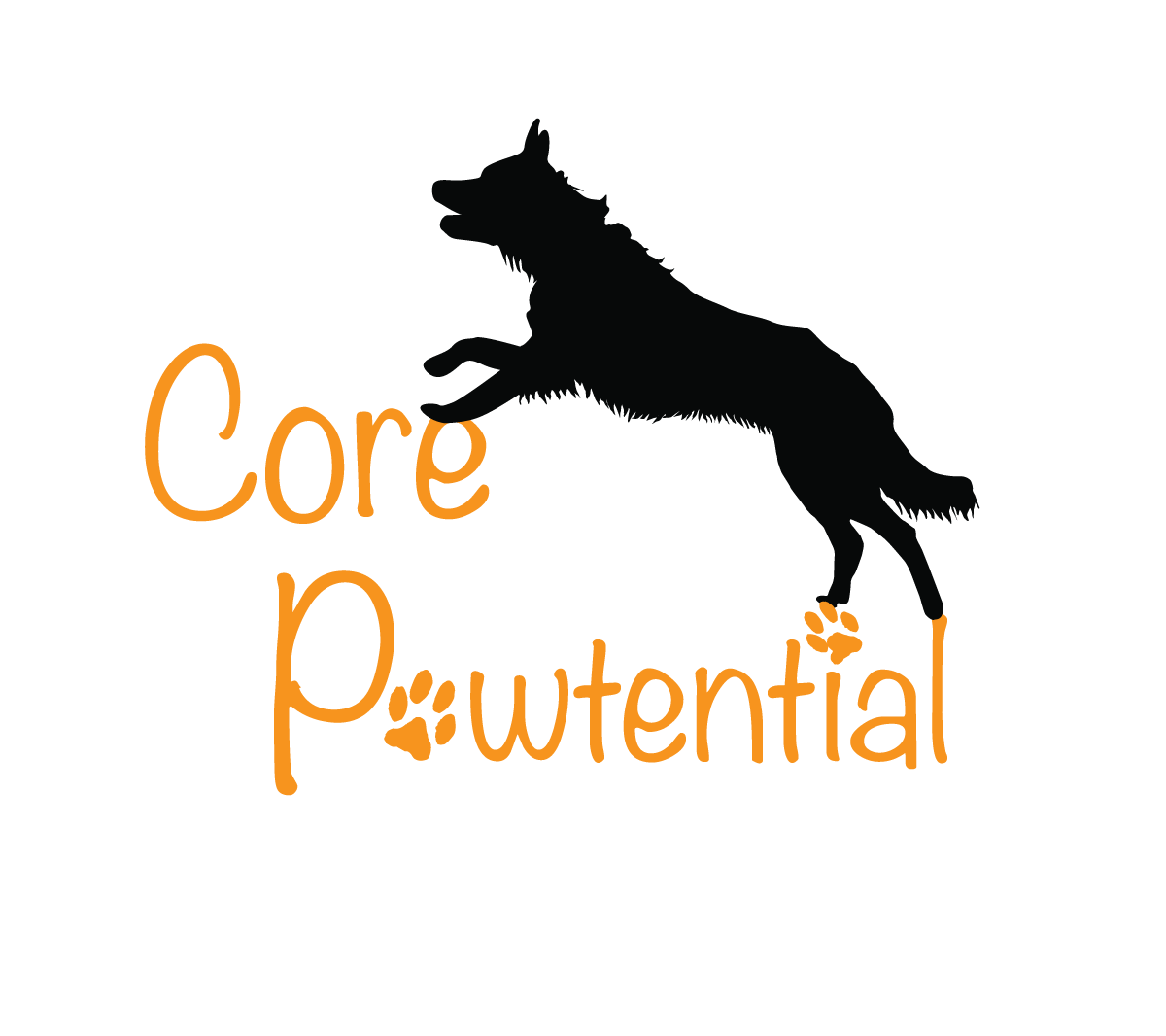Does height matter when using snuffle mat?
I love using the snuffle mat as a quick enrichment activity, and/or an easy way to keep my dog(s) occupied for a brief period. Although I typically place the snuffle mat on the floor for enrichment (because that is the easiest!), I also use the snuffle mat to help with strengthening and/or encourage better posture.
When the snuffle mat is placed on the floor, the dog usually has to bend his head down to interact with the snuffle mat. With the head bent down, more weight is shifted towards the front end of the dog, also putting more stress on the front feet. By shifting weight more to the front, we can encourage more engagement of muscles in the shoulders and front feet.
However, this this position may be uncomfortable for some dogs, such as senior dogs, large breeds (e.g., Great Pyrenees, Irish Wolfhounds), or dogs with injuries and/or mobility issues (e.g., neck or shoulder discomfort, vestibular disease, elbow dysplasia). While signs of discomfort may be different for different dogs, potential signs of discomfort may be displayed as disinterest in the snuffle mat, frustration, frequent weight shifting and/or feet shuffling.
By slightly elevating the snuffle mat, we may alleviate some pressure to the front end of the dog. When the snuffle mat is slightly elevated, the dog does not have to bend his head down so much to interact with the snuffle mat. Although this position is still shifting weight to the front end of the dog, the amount of weight shifting is reduced as compared to when the snuffle mat is placed on the floor. The more elevated the snuffle mat is, the less weight is shifted to the front end of the dog.
In the picture below, the snuffle mat is placed slightly below the dog’s elbow. We can clearly see that the dog does not have to bed his head as much as compared to the picture above. This position may be more comfortable, and potentially make the activity more enjoyable, for some dogs.
When the snuffle mat is placed approximately at the dog's head level, it encourages the dog to stand in a more neutral posture. In the picture below, we can see that the dog no longer has to bend down to interact with the snuffle mat. This placement can be used to encourage a more neutral standing posture, as the dog’s head can remain in a relatively neutral position.
I usually use this setup to help encourage dogs to engage the muscles in the core and their back feet. For dogs who tend to stand with a roached back and/or with their back feet tucked under their hips, I can also manually encourage them to shift their weight towards the back end.
When a dog is standing, approximately 60% of their weight is supported by their front feet, and about 40% of their weight is supported by their back feet. Ideally, we are looking for three straight lines for a good natural stand posture:
Level topline (breed appropriate)
Front feet perpendicular to the floor
Back feet perpendicular to the floor
The snuffle mat is an easily accessible and cost effect tool that we can utilize to incorporate low-impact canine conditioning into our regular routine. The best thing is that it requires essentially no training and can be applied to most dogs. Of course, our dogs may move around when interacting with the snuffle mat, and that is perfectly okay!
Finally, remember to make sure the floor is non-slippery when using the snuffle mat. Yoga mats, bath mats, and/or area rugs are relatively cost effective ways to help your dog maintain sure footing.
Happy snuffling!





